Tell It to the Bees is a gentle yet quietly subversive historical drama set in the conservative environment of 1950s Scotland. It tells the story of a little boy’s love, strength, and tragedy. Annabel Jankel directed the movie, which stars Anna Paquin and Holliday Grainger. The story is about both forbidden love and the quiet strength it takes to survive in a world that is not friendly.
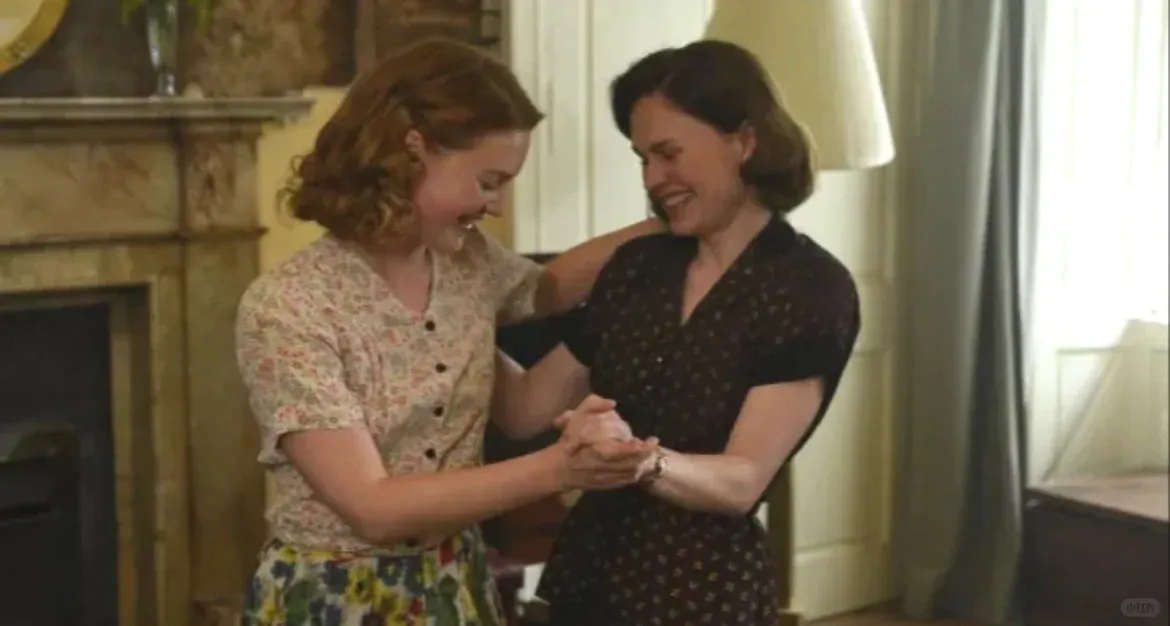
In a small Scottish town in 1952, Lydia, a once-spirited young woman, now finds herself abandoned by her husband and struggling to support her young son, Charlie. Work at the factory is grueling and underpaid, and when a mistake costs her the job, she faces eviction and social isolation.
Her life changes when Jean, the town’s only doctor, moves back into her family’s large but lonely home. After treating Charlie for a playground injury, Jean offers Lydia work as a housekeeper, giving mother and son a place to stay. Over time, the two women’s companionship deepens into something more intimate, even as gossip begins to spread in the tight-knit, judgmental community.

Charlie, fascinated by Jean’s beekeeping, begins to keep a journal about the hives — a matriarchal society where collective decisions can depose even a queen bee. Through his eyes, the audience witnesses both the tenderness between Lydia and Jean and the cruelty of a world unwilling to accept them.
When Lydia’s abusive husband storms back into her life and Jean is called to save the life of a young woman in crisis, the narrative weaves parallel images of violence against women and the rare moments when women save each other. But while the novel on which the film is based ends with the two women leaving together, the film offers a more bittersweet close: Jean stays in town, resolute in her role as a doctor, while Lydia leaves with her son, their goodbye sealed with a defiant kiss on the train platform.
Tell It to the Bees Cast
Charactor

A working-class single mother in 1950s Scotland, Lydia is fiercely protective of her son yet weighed down by poverty and social judgment. Her spirited nature has been dimmed by hardship, but Jean’s presence reignites her sense of self.
Holliday Grainger
Holliday Grainger is an English actress known for her nuanced performances in both period dramas and contemporary works. She has starred in The Borgias, Strike, and Great Expectations. In Tell It to the Bees, she brings emotional precision to Lydia, capturing both her quiet desperation and moments of joyful defiance.
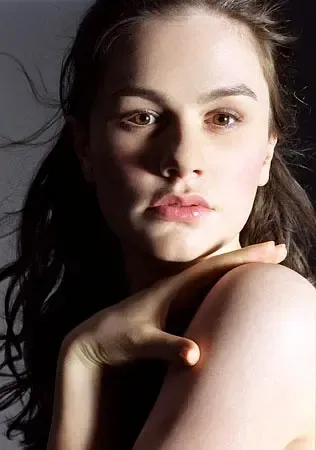
The town’s only doctor, Jean is educated, compassionate, and quietly burdened by the memory of a tragic same-sex love from her youth. She hides her longing behind a composed exterior but yearns for connection.
Lilith Grasmug
Anna Paquin is a New Zealand-Canadian actress and an Academy Award winner at the age of 11 for The Piano. She is best known for True Blood, The Affair, and Fly Away Home. In this role, she embodies Jean’s blend of elegance, restraint, and deep emotional intelligence.
Director
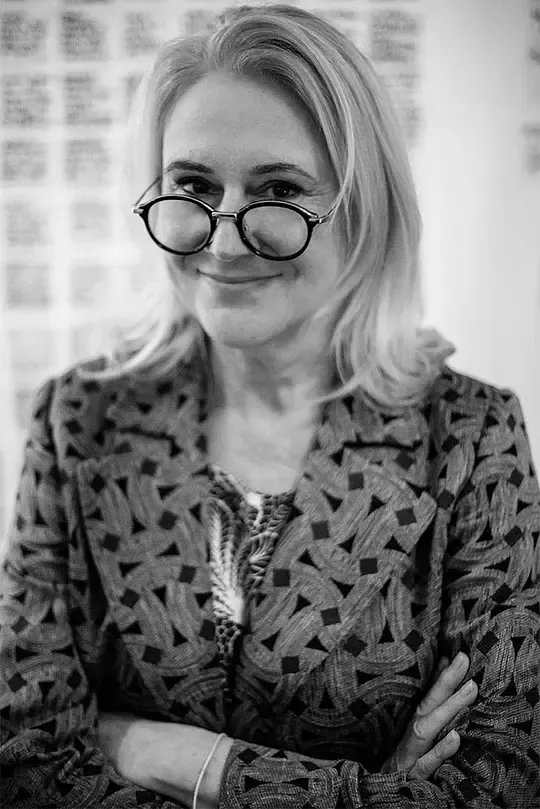
Annabel Jankel
Annabel Jankel is a British filmmaker known for her work in both film and television, with a distinctive visual style and interest in character-driven stories. She co-created the iconic cyberpunk character Max Headroom and has directed works ranging from the cult classic D.O.A. to Skellig. In Tell It to the Bees, Jankel’s eight-year commitment to the project is evident in its meticulous production design, emotionally resonant pacing, and the balance she strikes between intimacy and period authenticity.
BEST SCENES
📍 The First Hug – Hesitant, brief, and full of the unspoken.
📍 Bee Storm – Charlie’s imagined rescue of his mother, framed like a fairytale.
📍 Parallel Crisis – The intercut sequence of Jean’s emergency surgery and Lydia confronting her abusive husband.
📍 The Train Station Kiss – Public, defiant, and impossibly tender.
Tell It to the Bees Review
Review

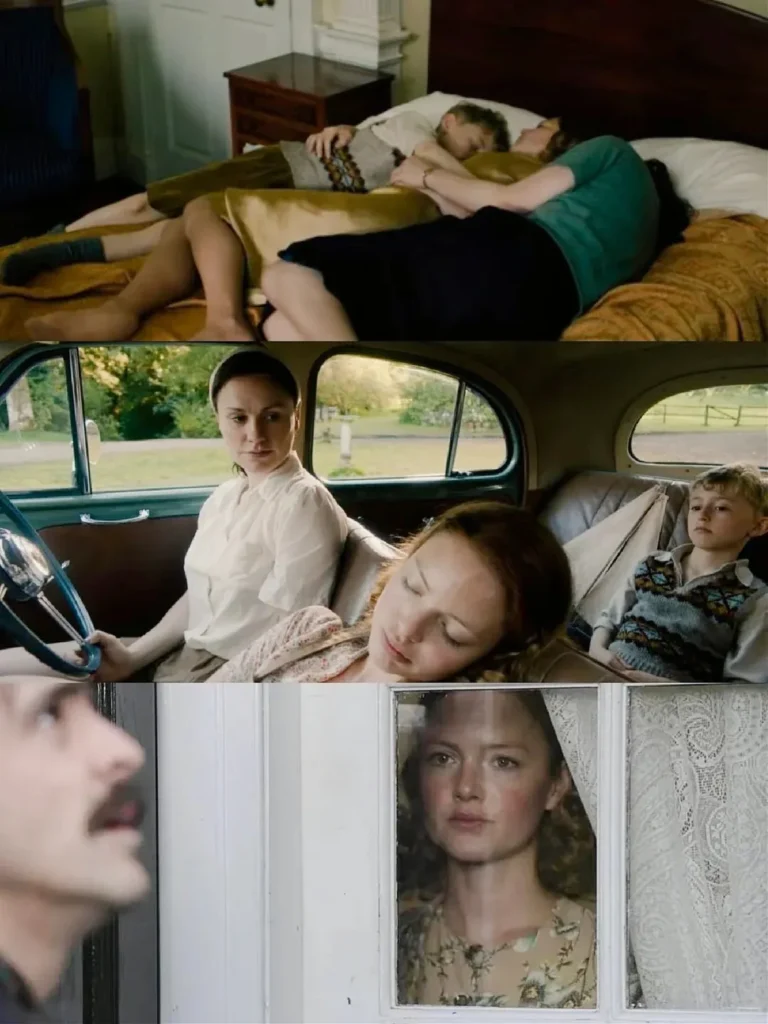
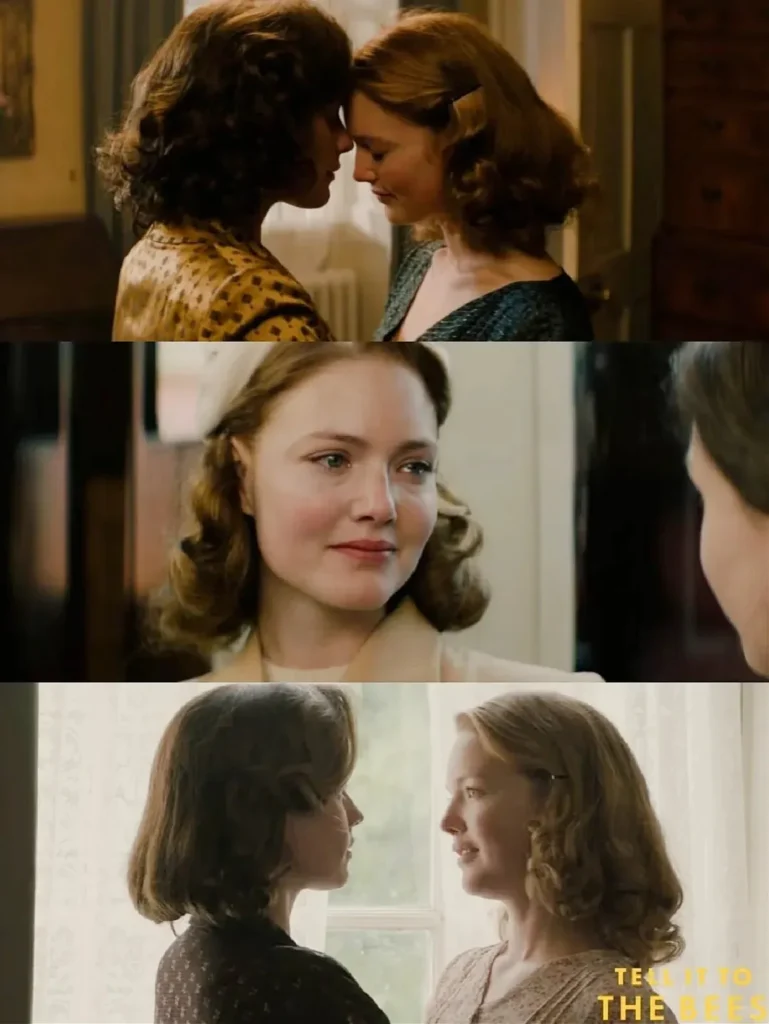
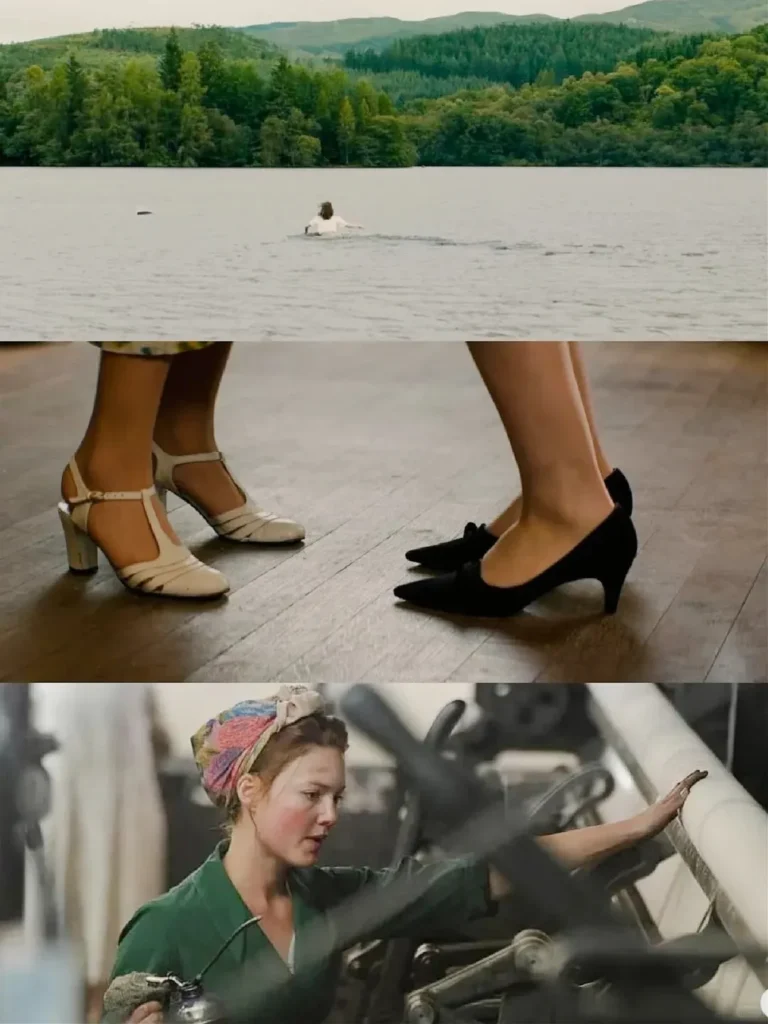
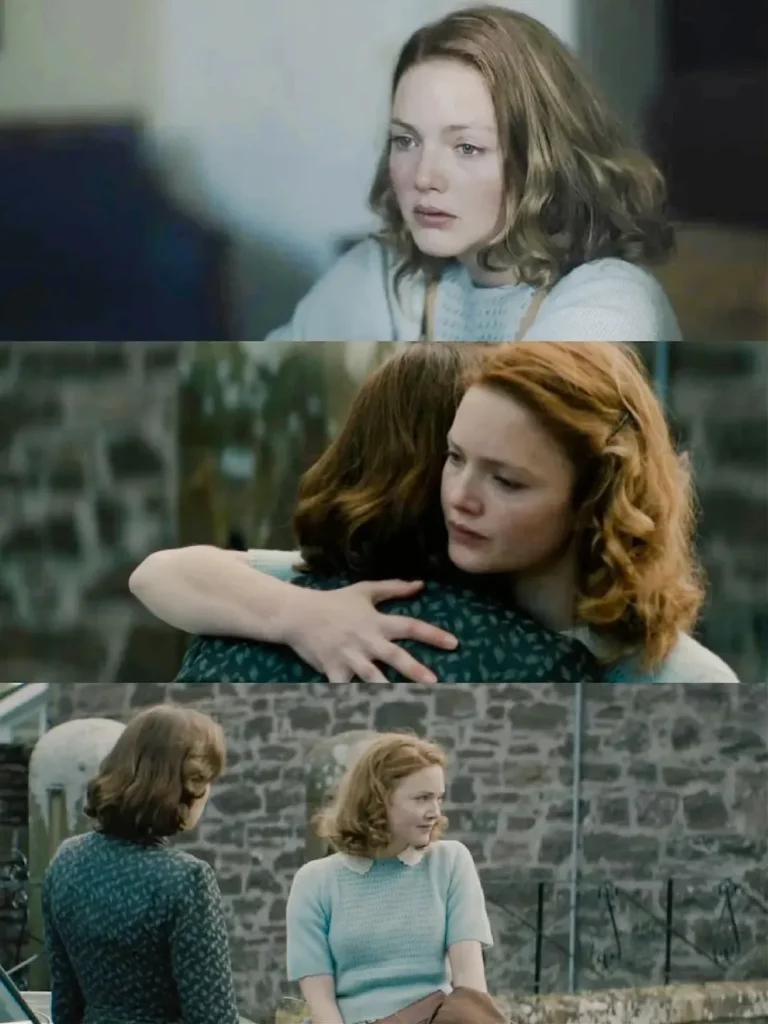
Story – 4.5/5
What struck me most was how the story doesn’t romanticize away the hardship. Both Lydia and Jean are damaged and vulnerable when they meet. The narrative avoids grand speeches and instead lets the smallest gestures — a glance over the shoulder, a hesitant embrace — carry the emotional weight. The use of the beekeeping motif, seen through Charlie’s innocent curiosity, adds a subtle feminist layer: a reminder that strength in a female-led society comes from collective care, not domination.
Acting – 5/5
Holliday Grainger captures Lydia’s arc perfectly — from the despair of lighting a cigarette in utter defeat to the slow return of her old spark when she’s with Jean. Anna Paquin’s Jean is all quiet elegance and buried longing; her composure hides a deep fear of repeating past tragedies. Off-screen, the two actresses are almost the reverse of their roles — Paquin warm and talkative, Grainger introspective — yet on screen, their chemistry feels utterly organic.
Chemistry – 4.5/5
There’s a masterful restraint to how the intimacy is filmed. The director holds the camera at just the right distance, allowing a brush of the hand or a half-smile to feel electric. Paquin and Grainger reportedly spent weeks before filming simply talking and rehearsing body language, which shows in how naturally they inhabit their shared space.
Production – 4/5
Every detail — from the damp, grey streets of the town to the sunlit serenity of Jean’s garden — feels intentional. The contrast between oppressive interiors and the warmth of the bee-filled outdoors reinforces the emotional landscape. The parallel editing between the assault scene and the life-saving surgery is one of the film’s boldest choices.
Ending – 4/5
The ending is both frustrating and true. It resists the easy escape fantasy, instead showing that love can transform you even if it doesn’t last. The train station kiss is less about reunion and more about recognition — a “victory kiss” that claims space for their love in a world that would rather it stayed hidden.
💬 My Take
As someone who doesn’t instinctively understand the nuances of women’s emotional exchanges, I found myself surprised at how the performances bridged that gap for me. It made me think about how differently men and women process fear, comfort, and vulnerability. The film lingers in those quiet moments when someone is both your safe place and your greatest risk.
One image that stayed with me: the bees swirling like snowflakes around Charlie and Lydia, a protective storm. It’s poetic, almost fantastical — a reminder that cinema sometimes offers beauty where reality can’t. And maybe that’s the point: in real life, not every woman has a Jean to save her, but on screen, we get to imagine she does.
NOVEL VS FILM: What Changed?
Tell It to the Bees began life as Fiona Shaw’s 2009 novel — a work that blended intimate romance with a quietly political critique of small-town prejudice. While the film keeps the core love story between Lydia and Jean intact, several key changes shape its tone and message.
1. The Ending
The most notable shift is the conclusion. In the novel, Jean and Lydia leave the town together, choosing love and escape over the constraints of their community. The book closes on a note of liberation, even if the future is uncertain.
In contrast, the film opts for a bittersweet farewell: Jean stays behind to continue her medical work, while Lydia departs with Charlie. The train station kiss becomes both a public declaration and a goodbye, underscoring sacrifice over shared escape. For me, this change reframes the romance from a survival partnership to a transformative encounter that shapes both women’s futures separately.
2. Charlie’s Role as Narrator
In Shaw’s novel, much of the emotional undercurrent comes from the perspectives of both women. The film filters more of the story through Charlie’s eyes — his fascination with the bees, his gradual understanding of his mother’s relationship, and his struggle to reconcile love with societal disapproval. This shift makes the film more of a coming-of-age tale for him, and adds a layer of innocence to the way we witness adult complexities.
3. The Tone and Scope
The novel delves deeper into the women’s inner thoughts, offering more explicit political commentary on gender roles, sexuality, and post-war British society. The film retains those themes but often softens them through visual metaphor (the bees, the garden, parallel crisis scenes) rather than direct narration. It becomes a story told in glances, pauses, and landscapes — more atmospheric than overtly political.
4. Supporting Characters
Some secondary arcs are condensed or restructured for pacing. For example, Annie’s subplot in the film is tightly connected to the parallel editing during the assault scene, whereas in the novel her role has more gradual build-up. These trims keep the film at a concise runtime but inevitably narrow the community backdrop.
My Take:
As someone who values both narrative closure and realism, I understand why the filmmakers altered the ending — staying in the town allows Jean to reclaim her place in a community that once rejected her. But emotionally, the book’s decision to let them leave together hits a different note: it’s romantic, rebellious, and unapologetic. If you watch the film after reading the novel, you might feel that the movie is less about escape and more about the quiet, sometimes lonely courage it takes to stay.
